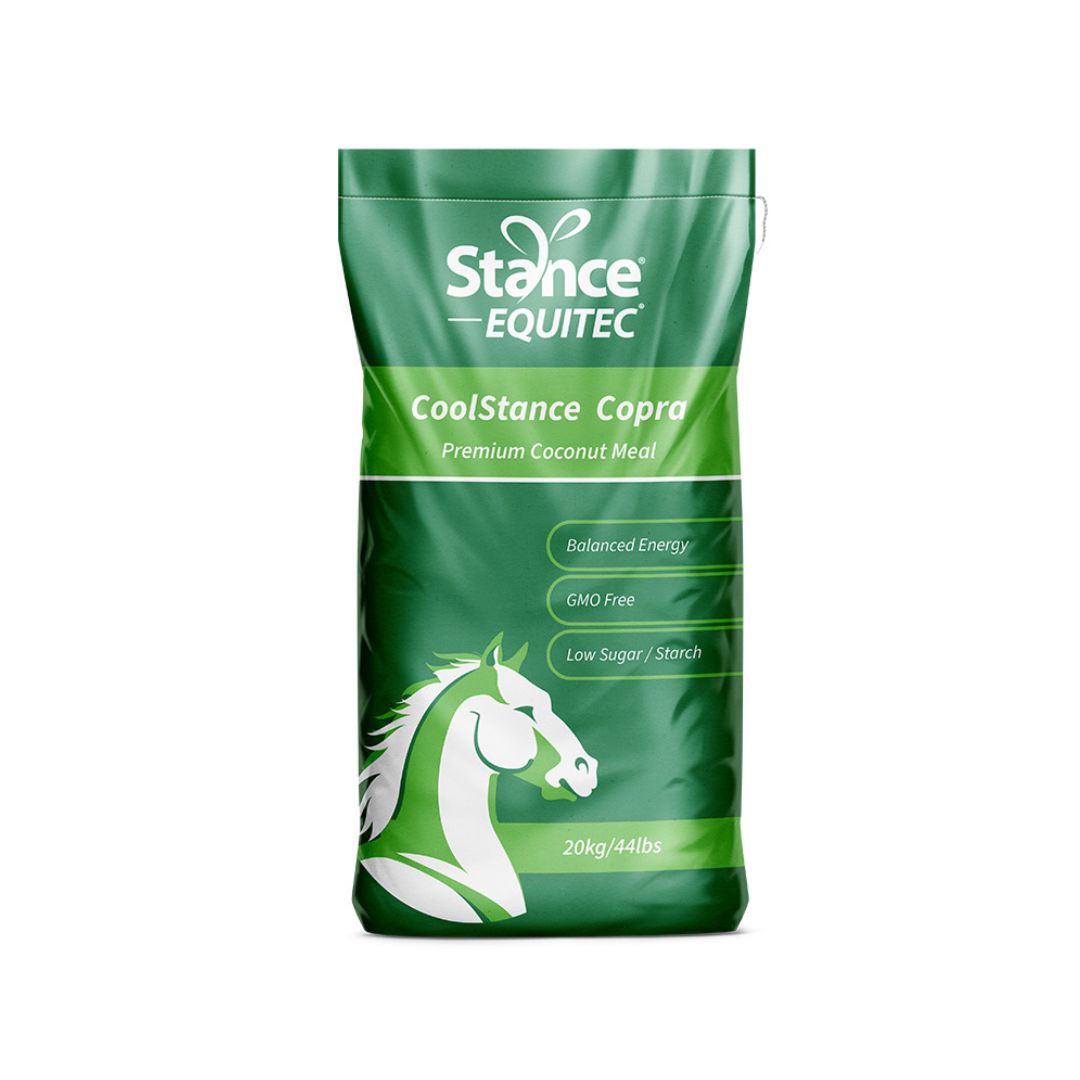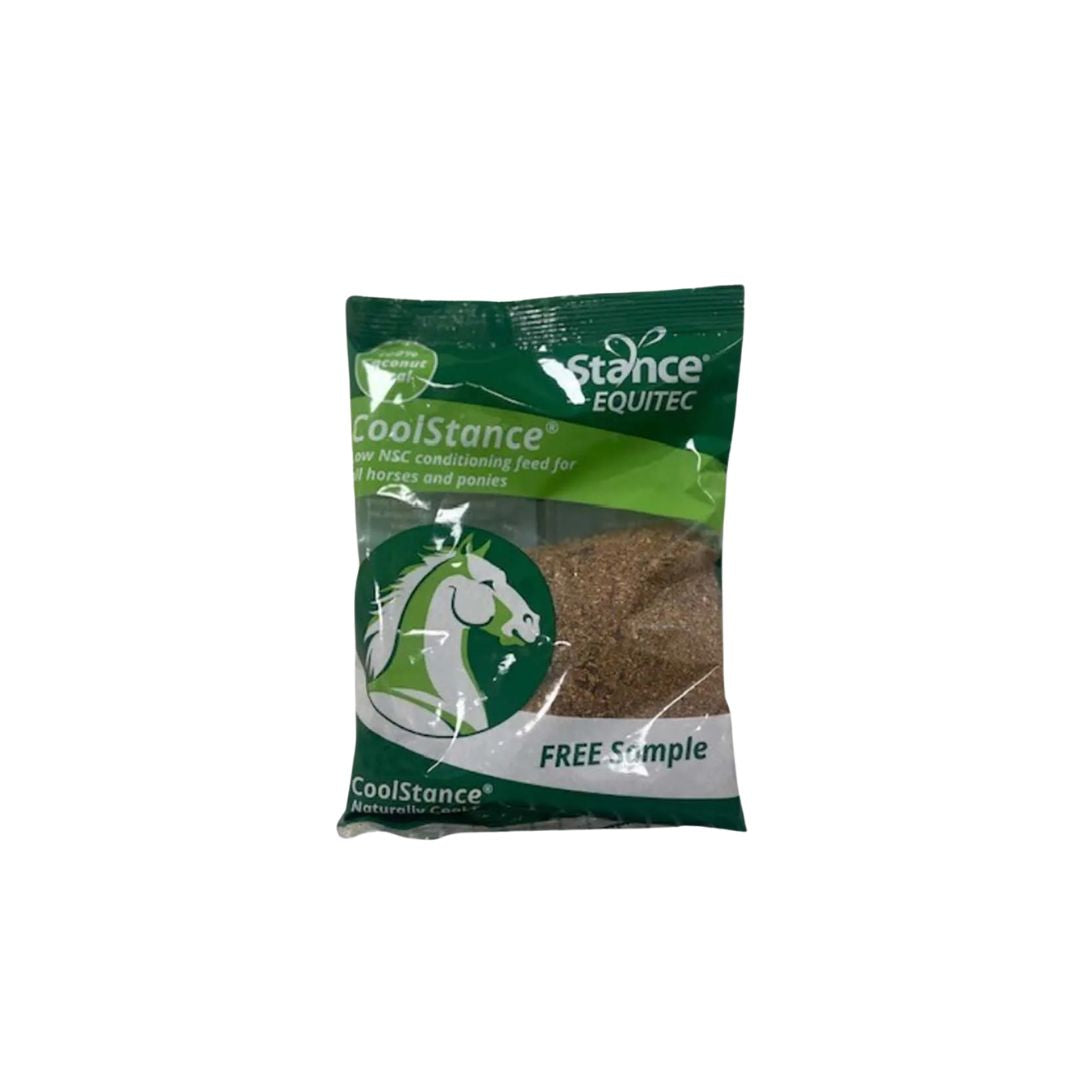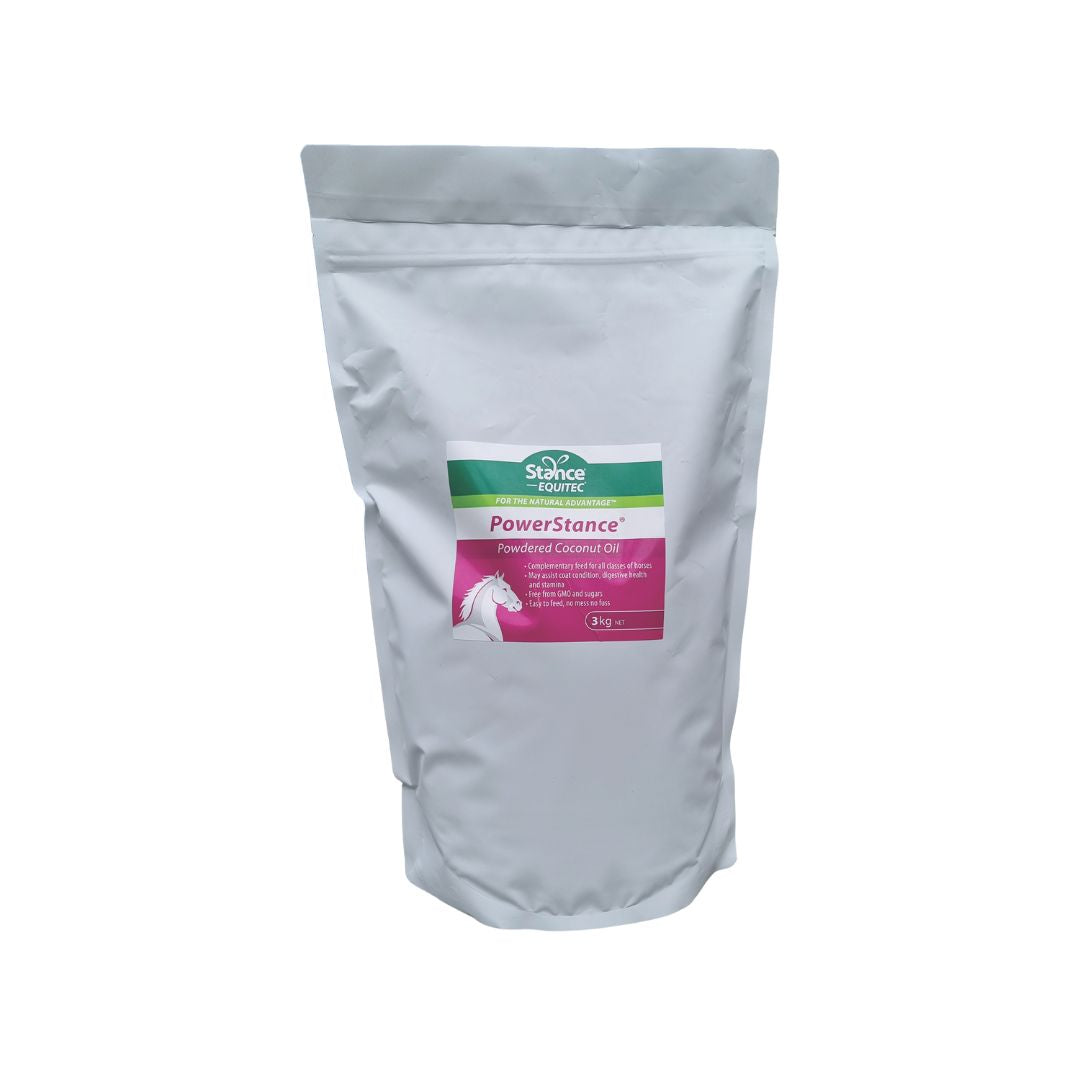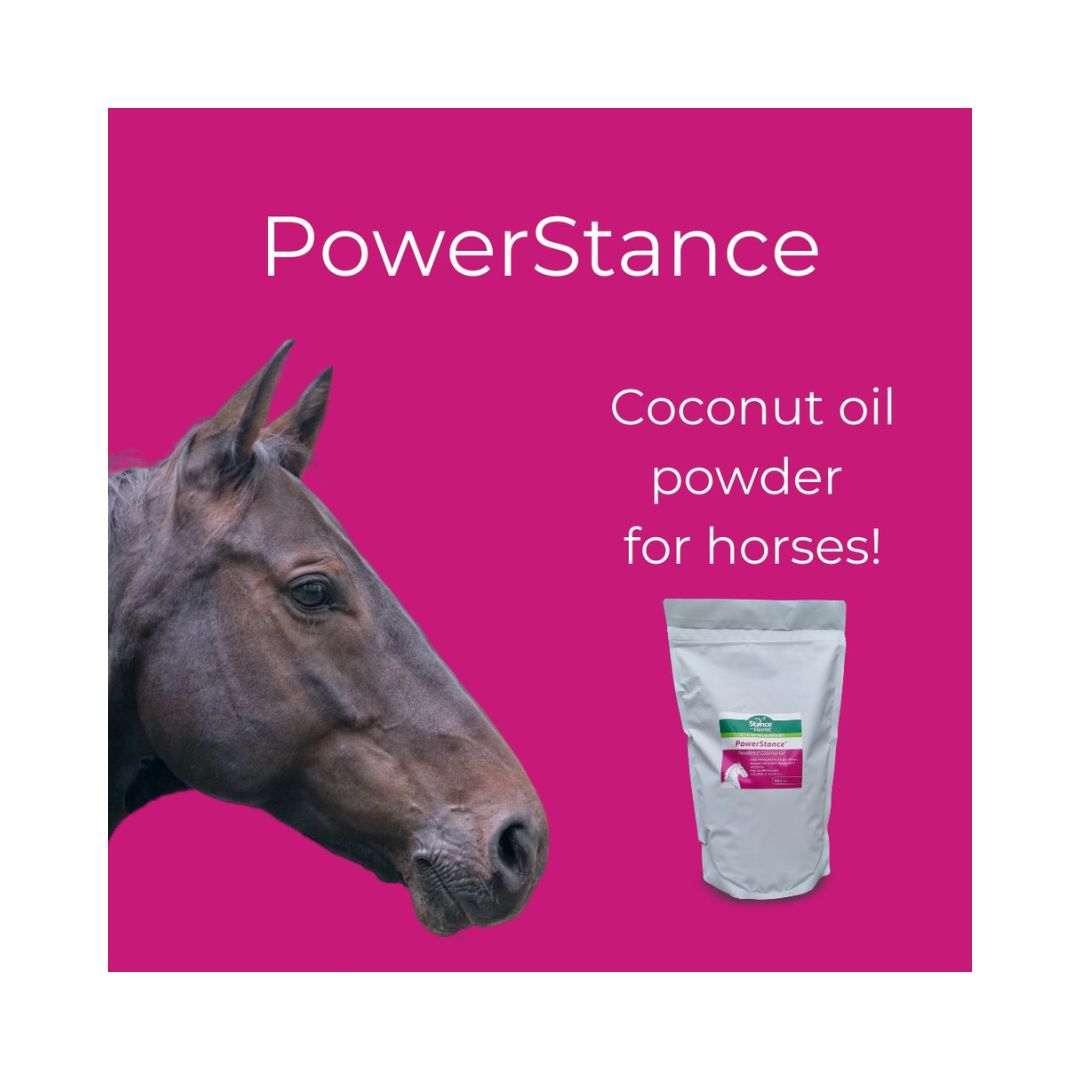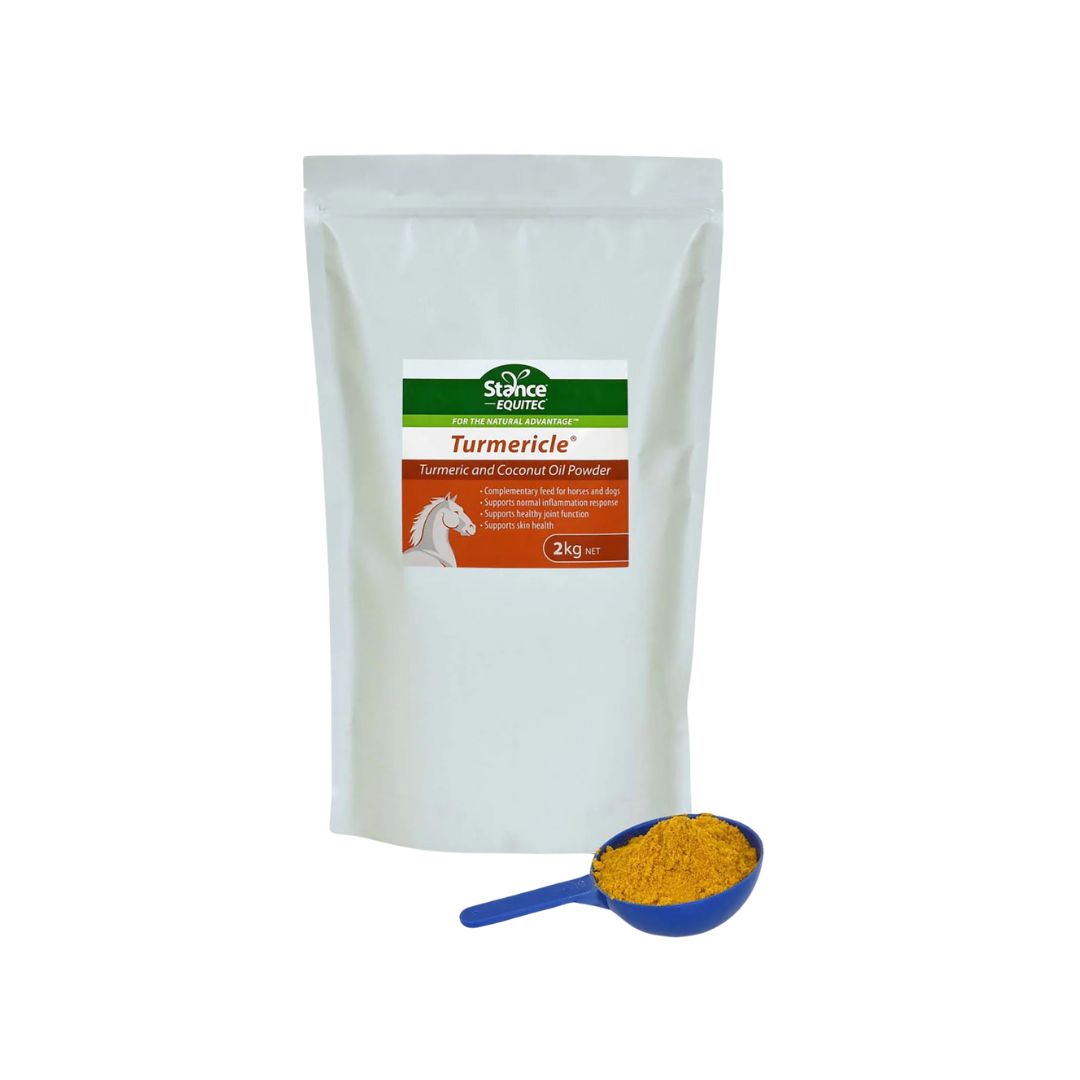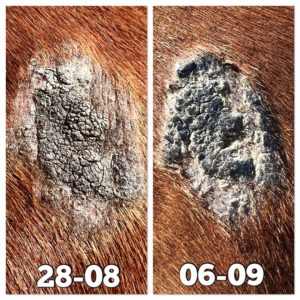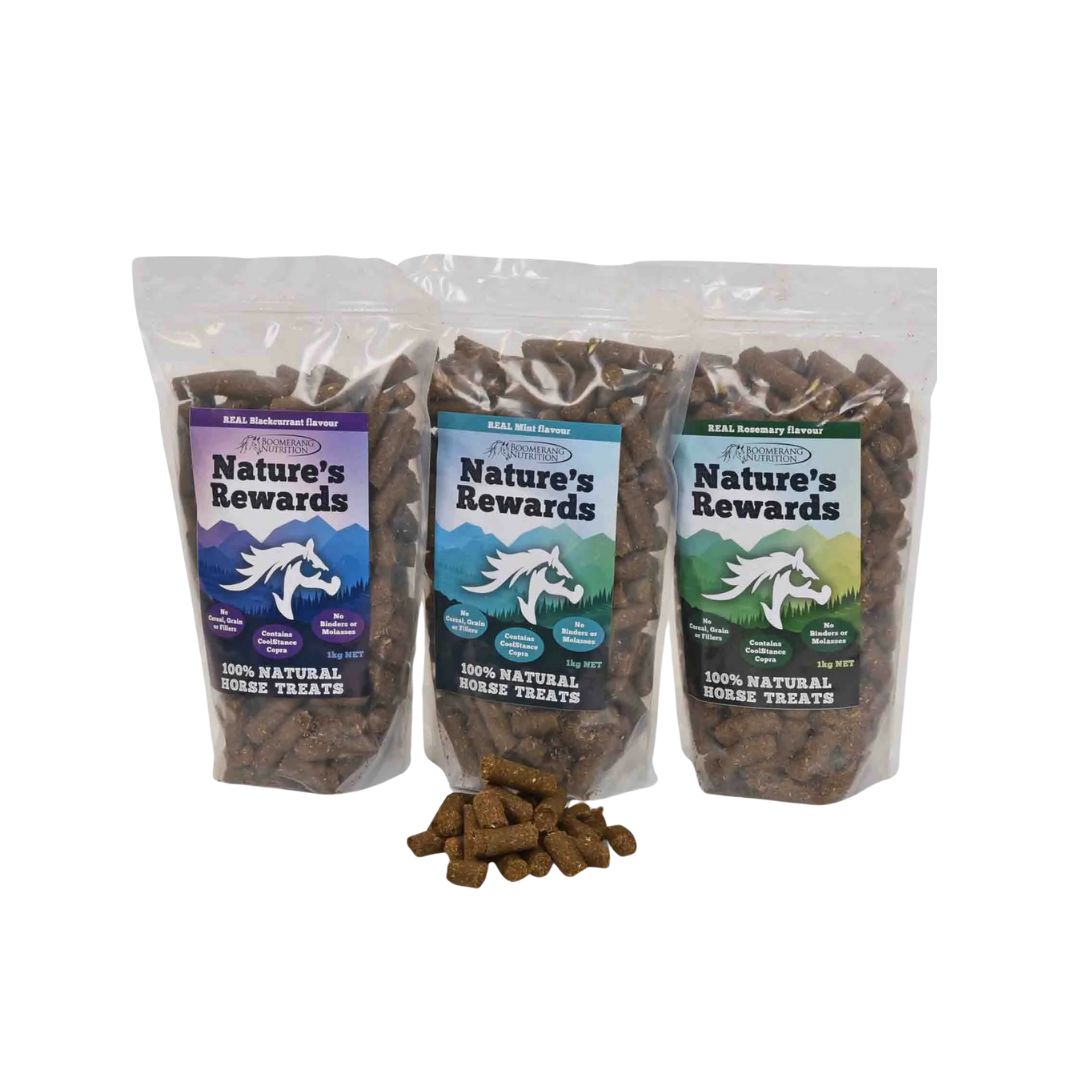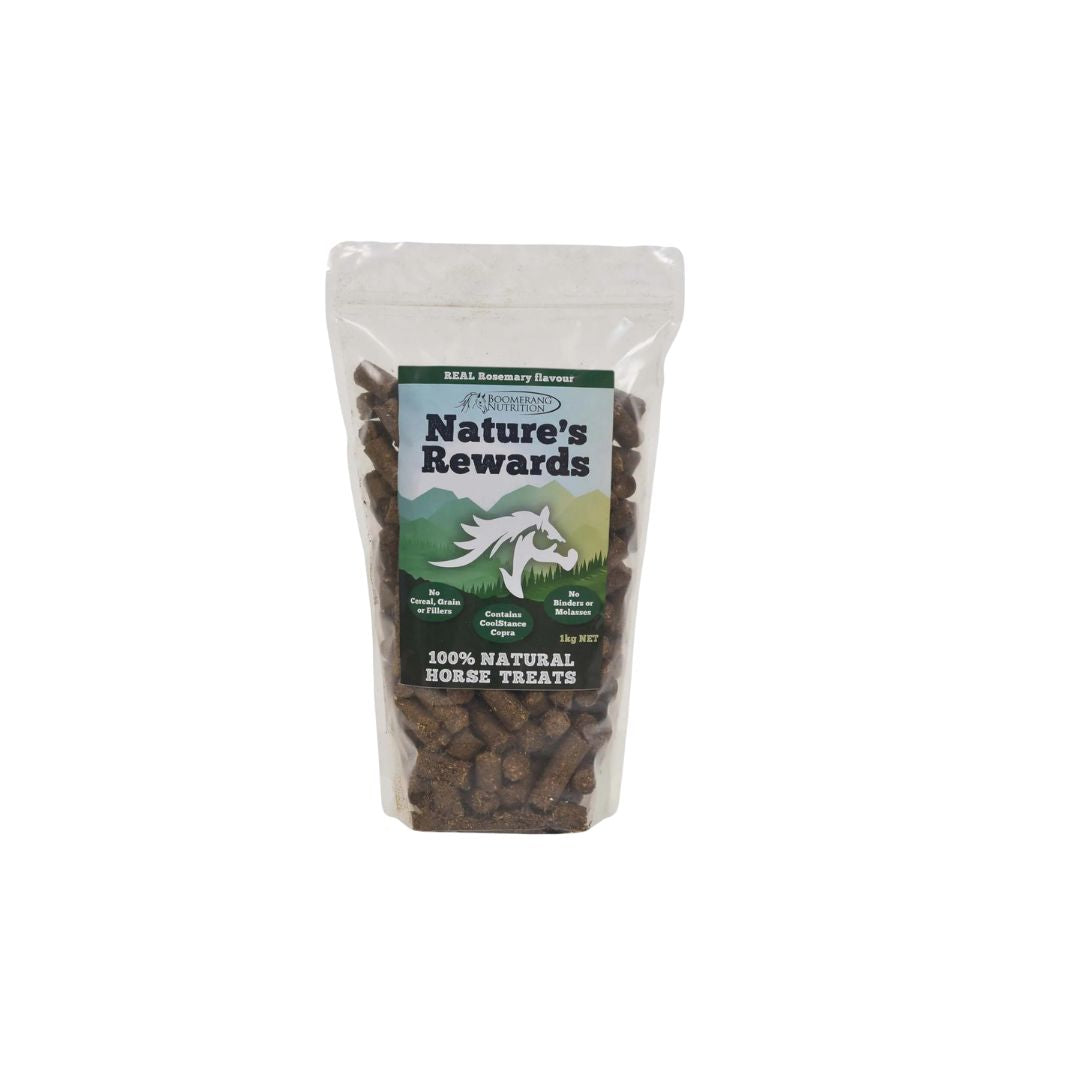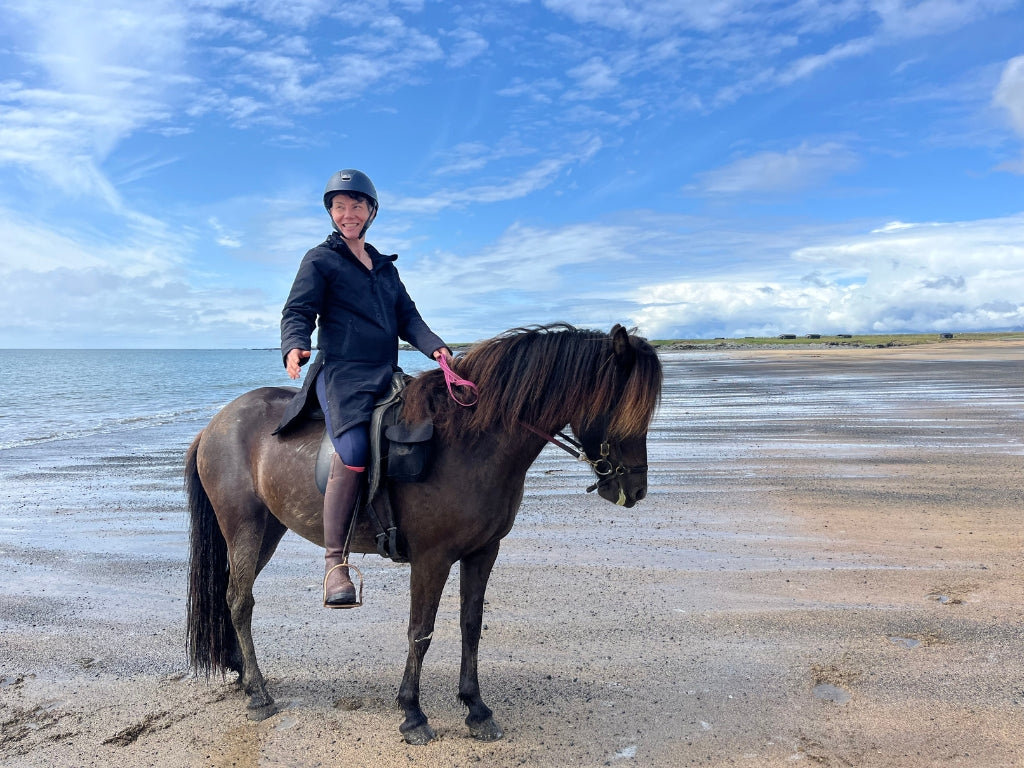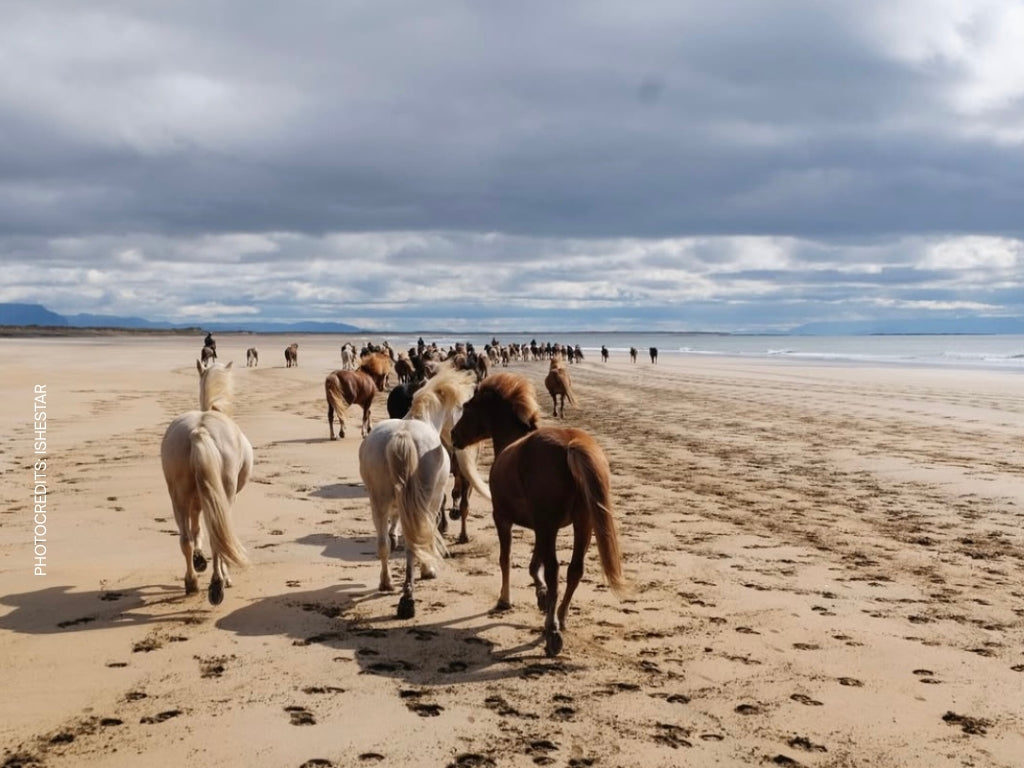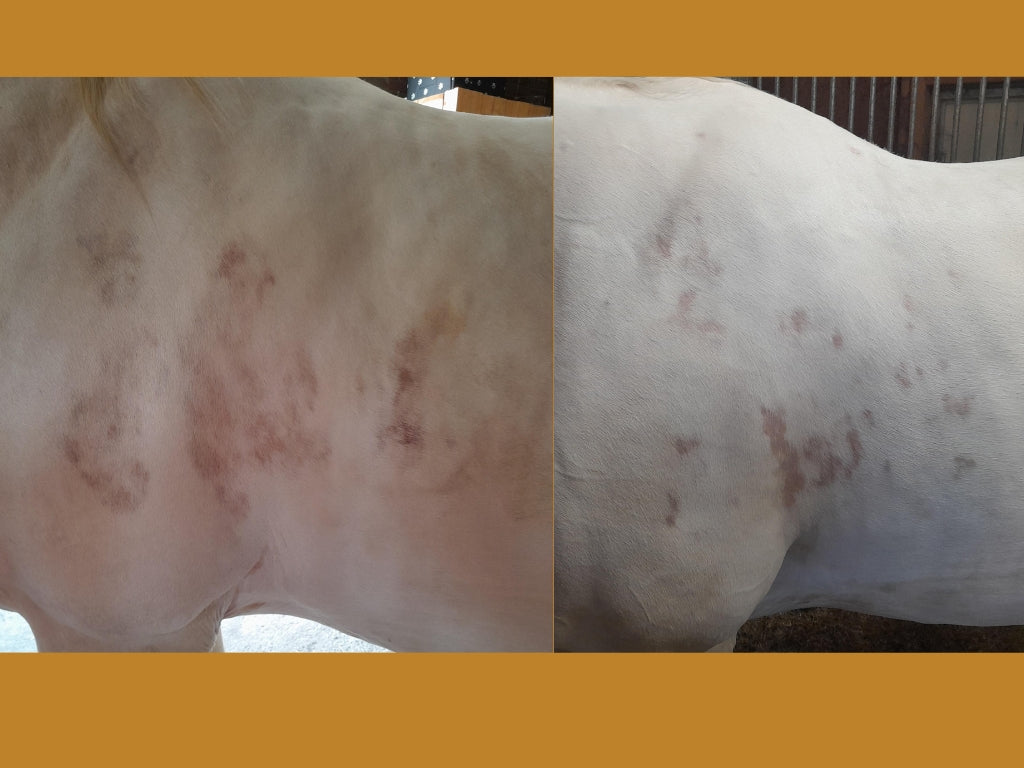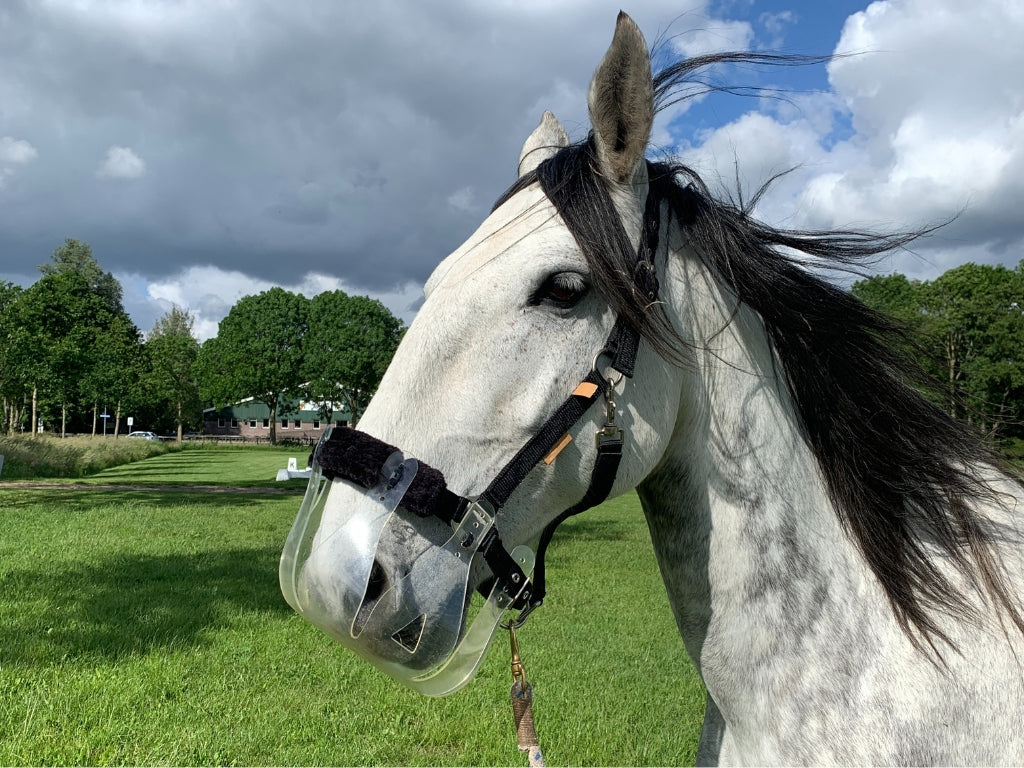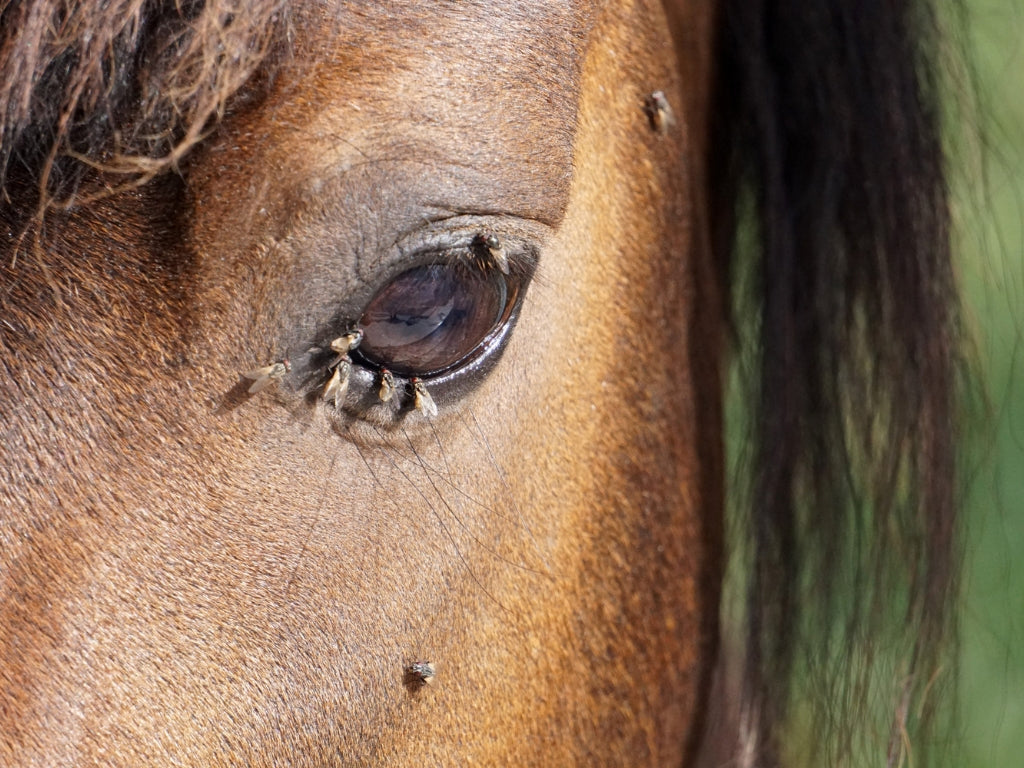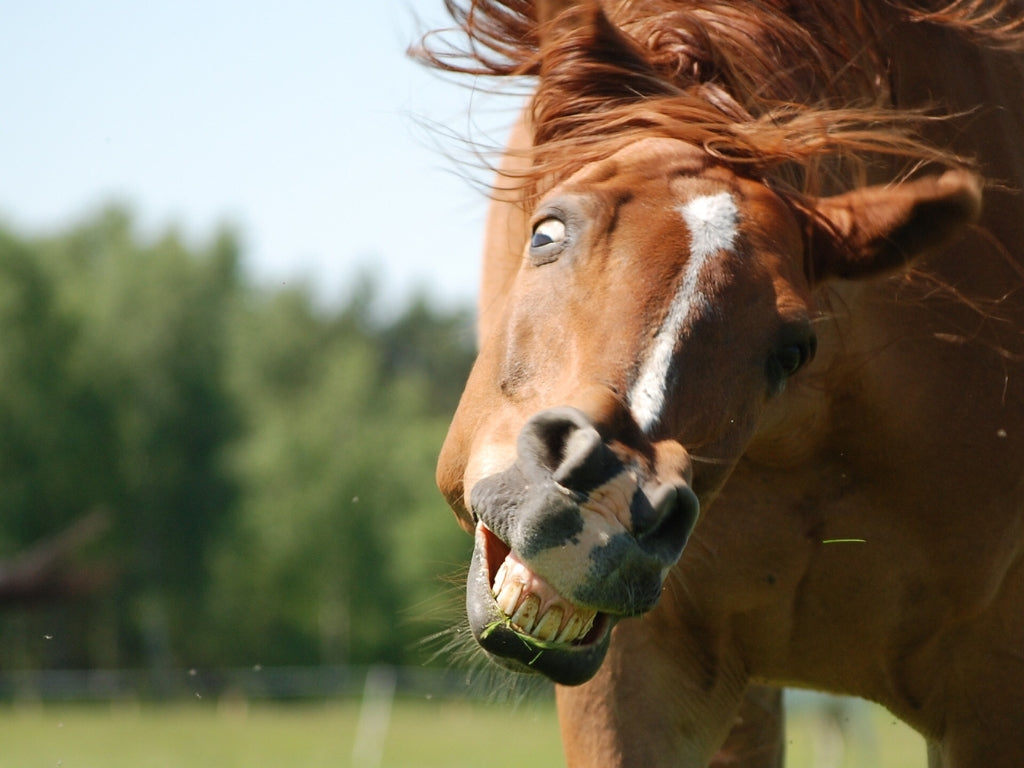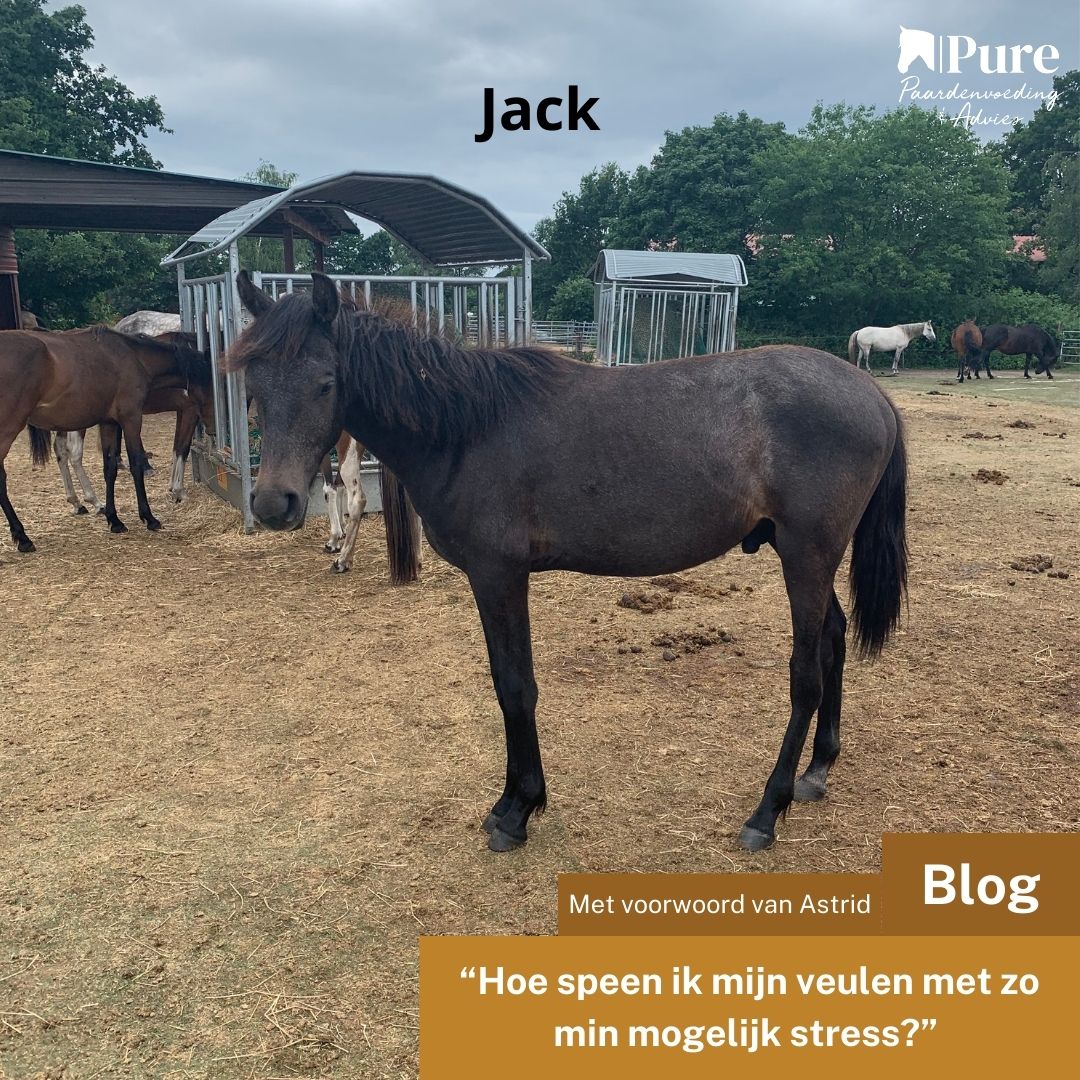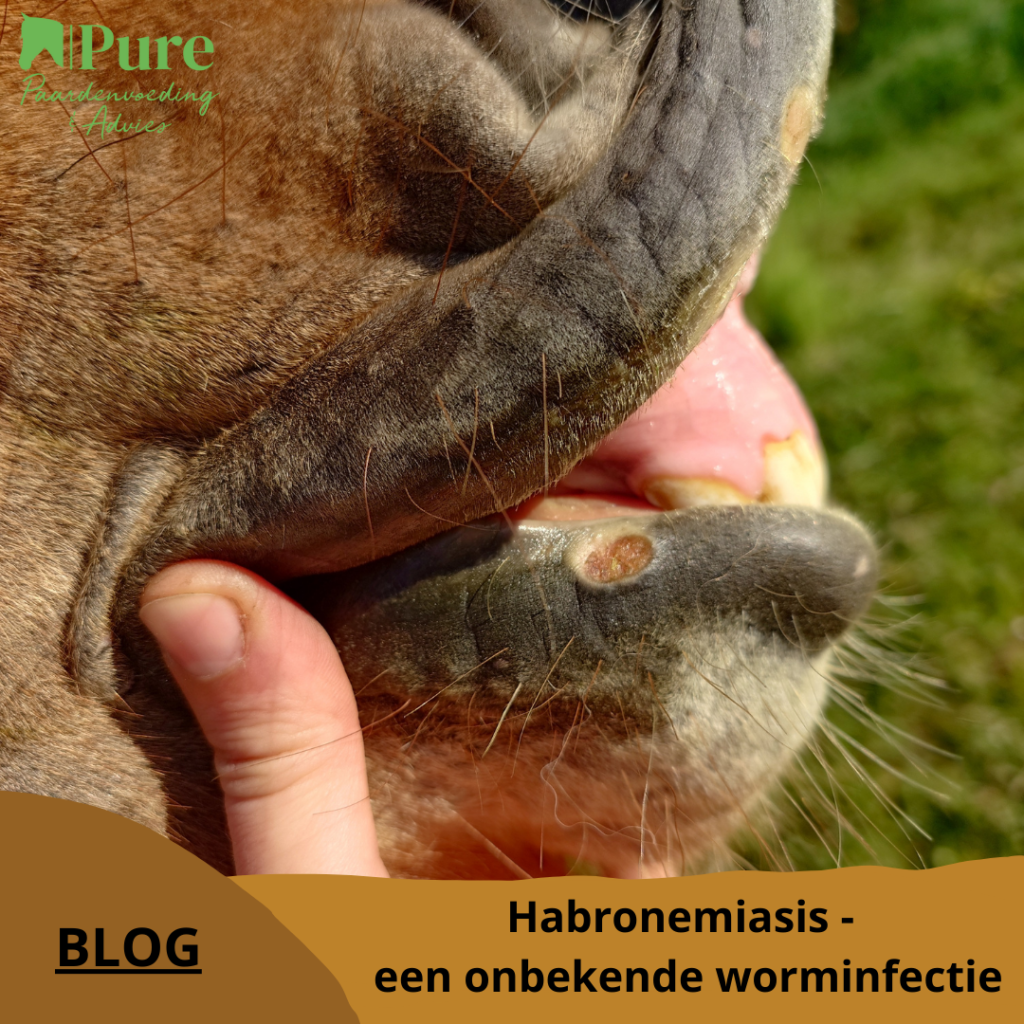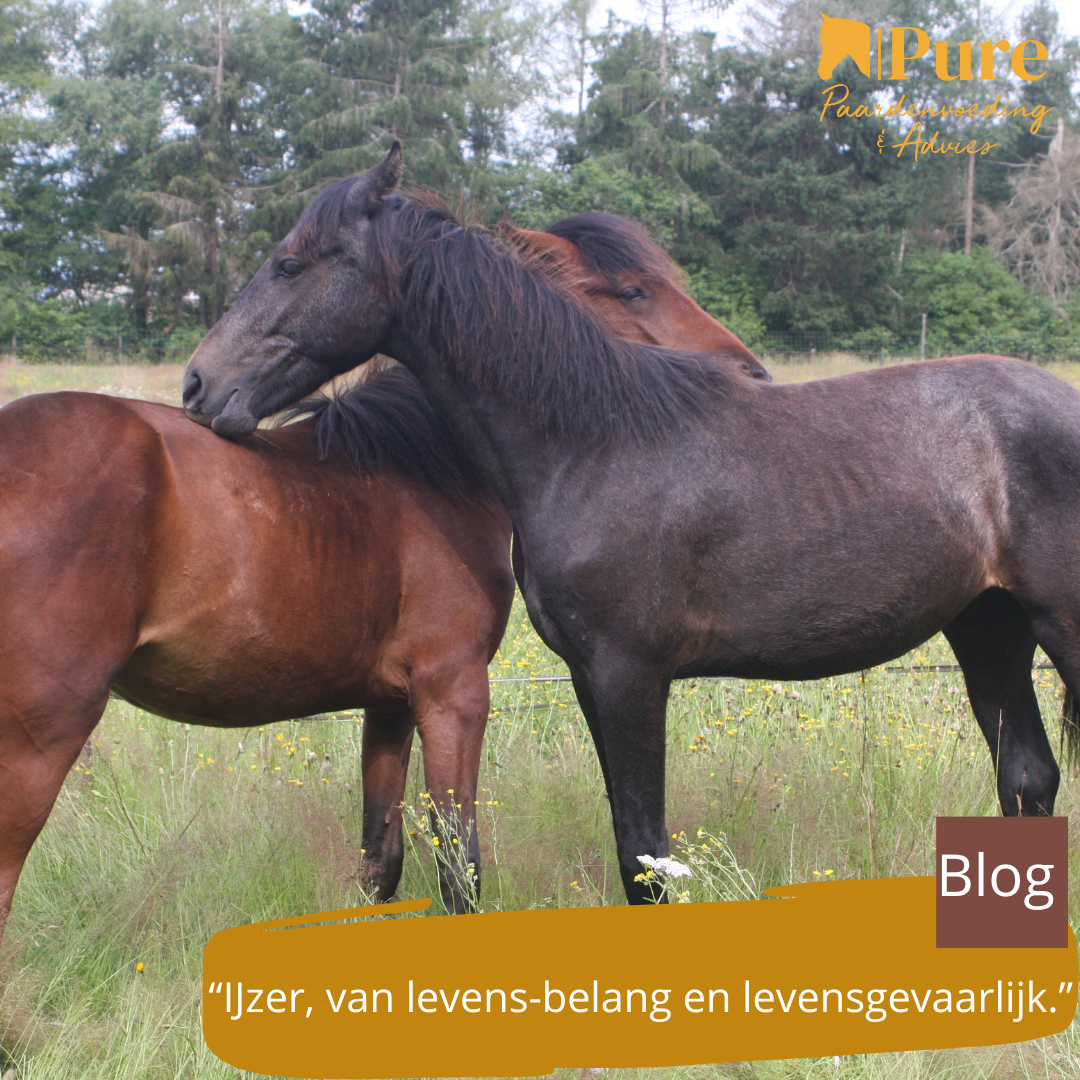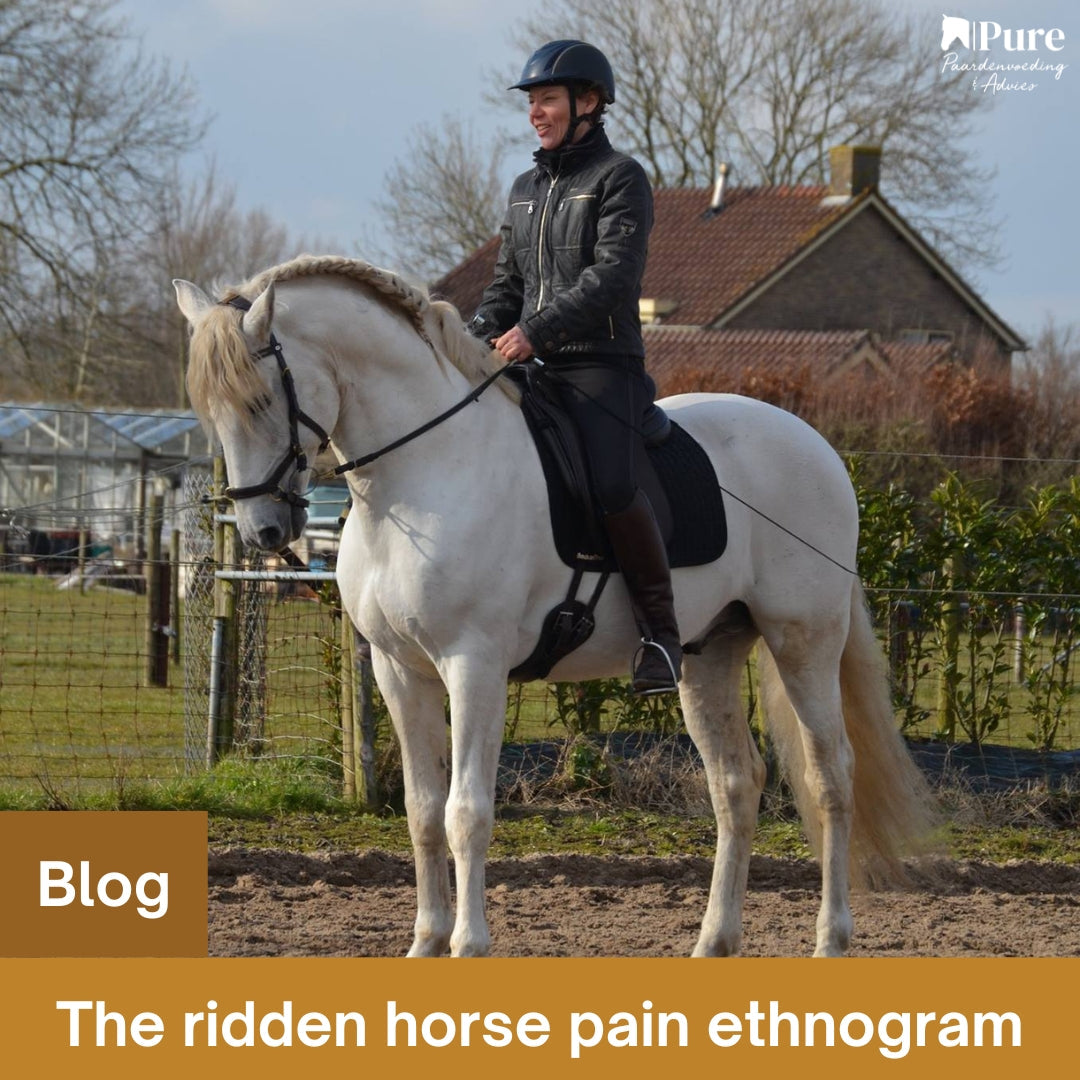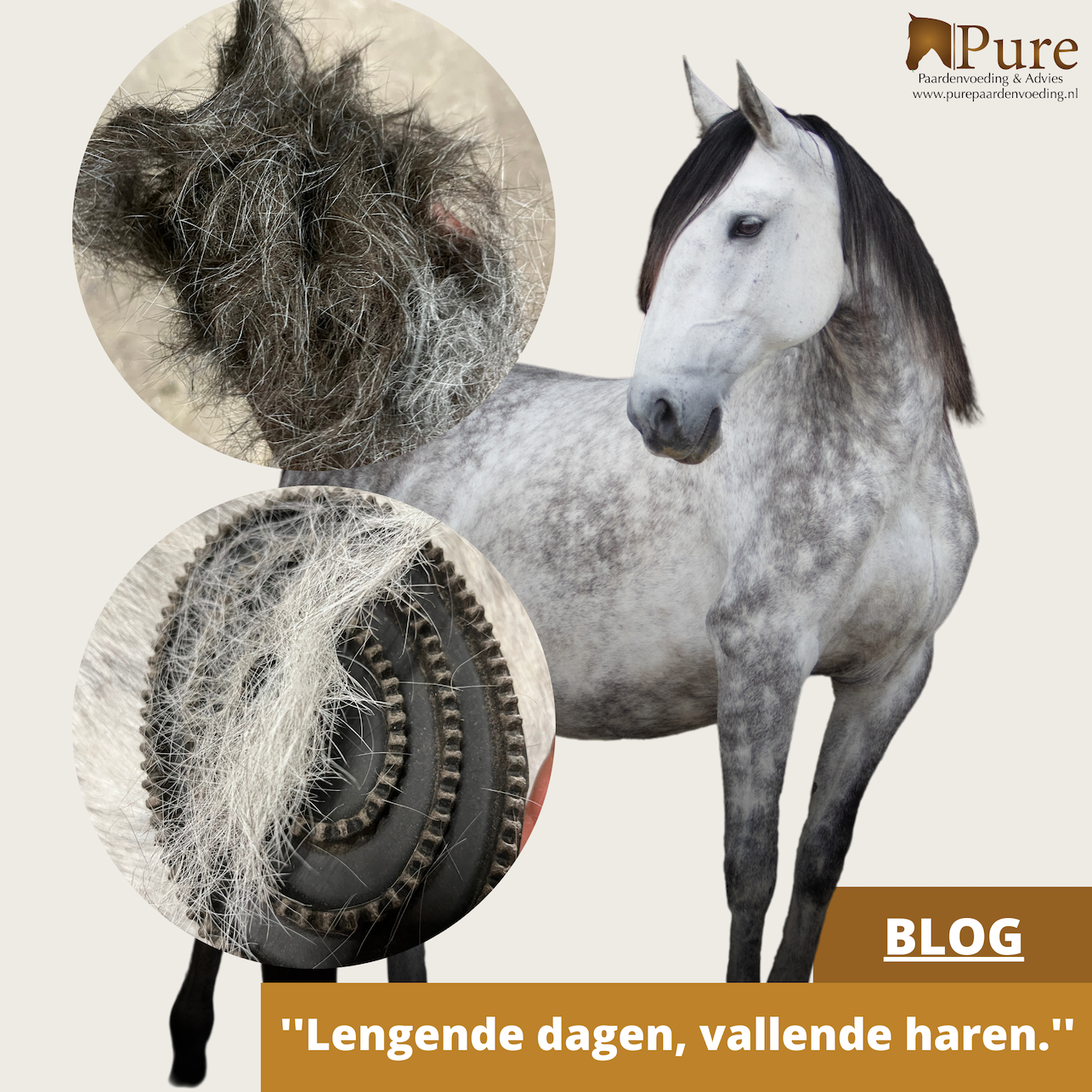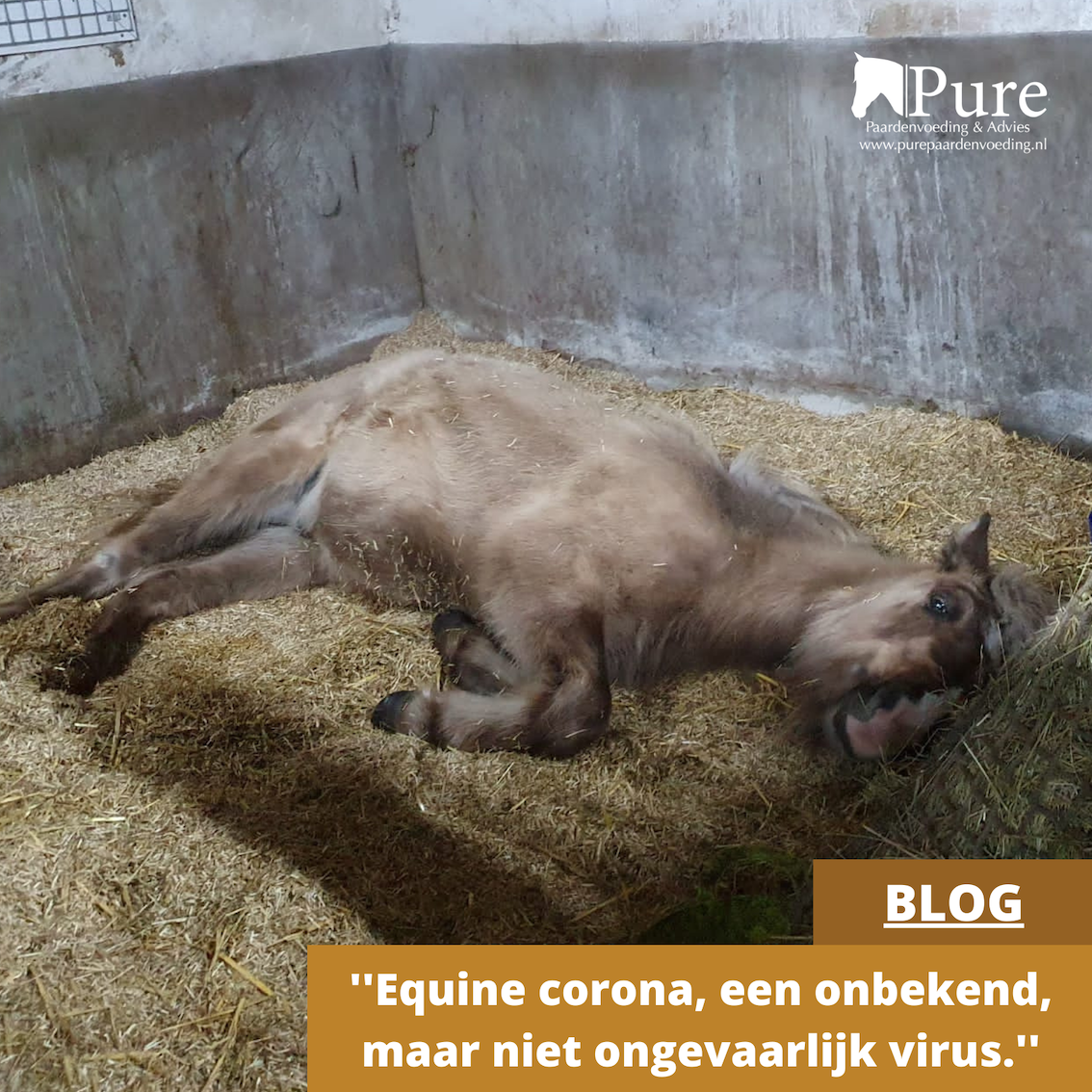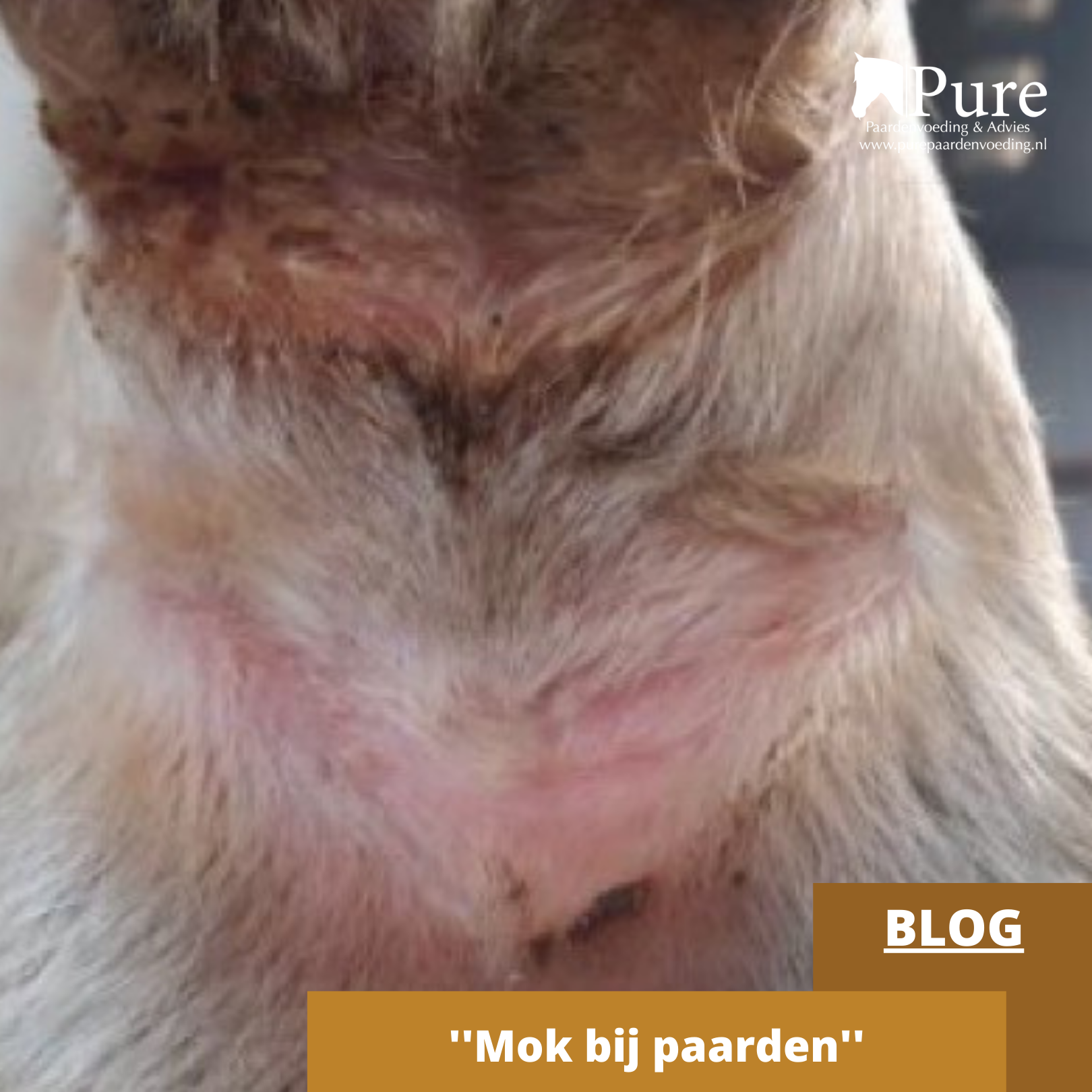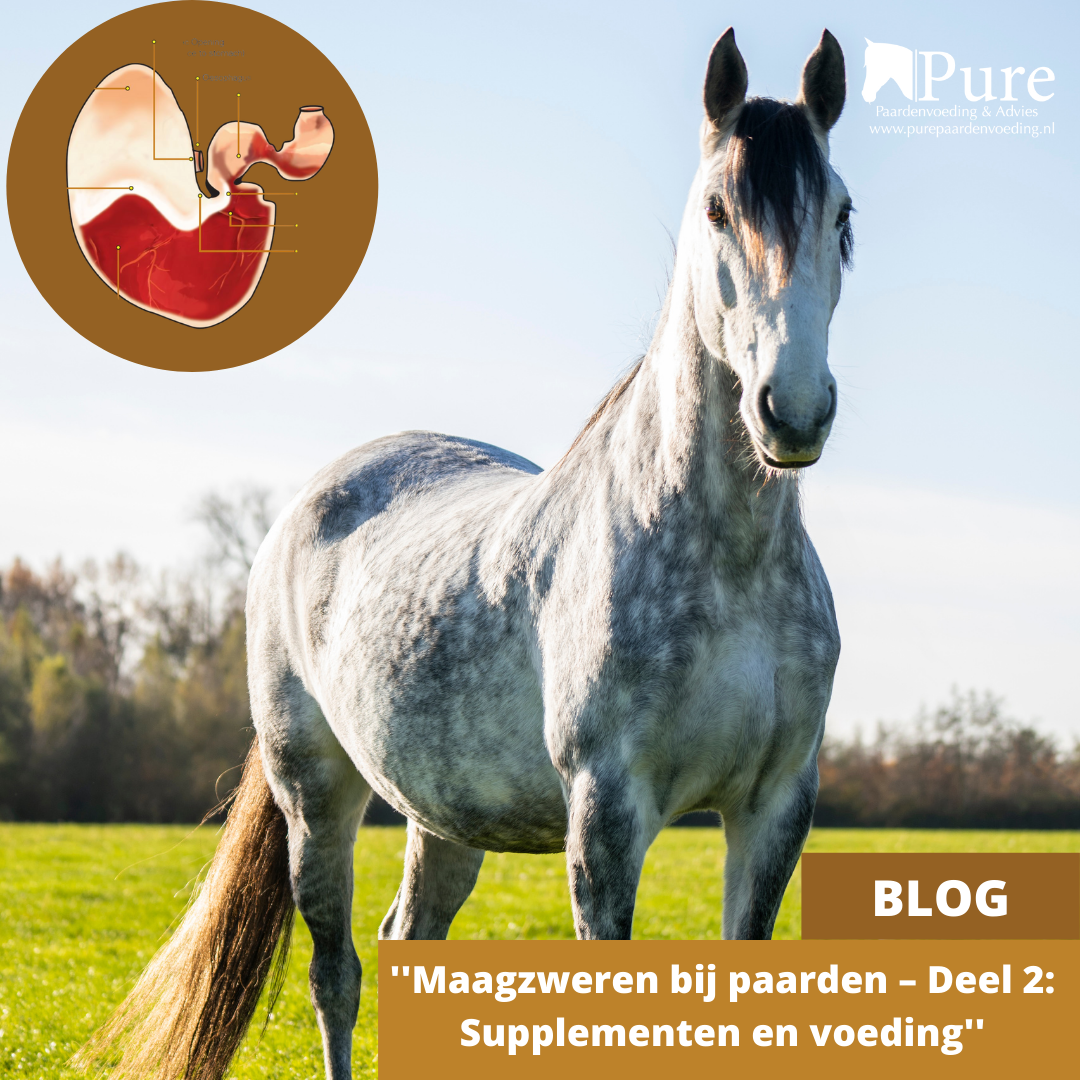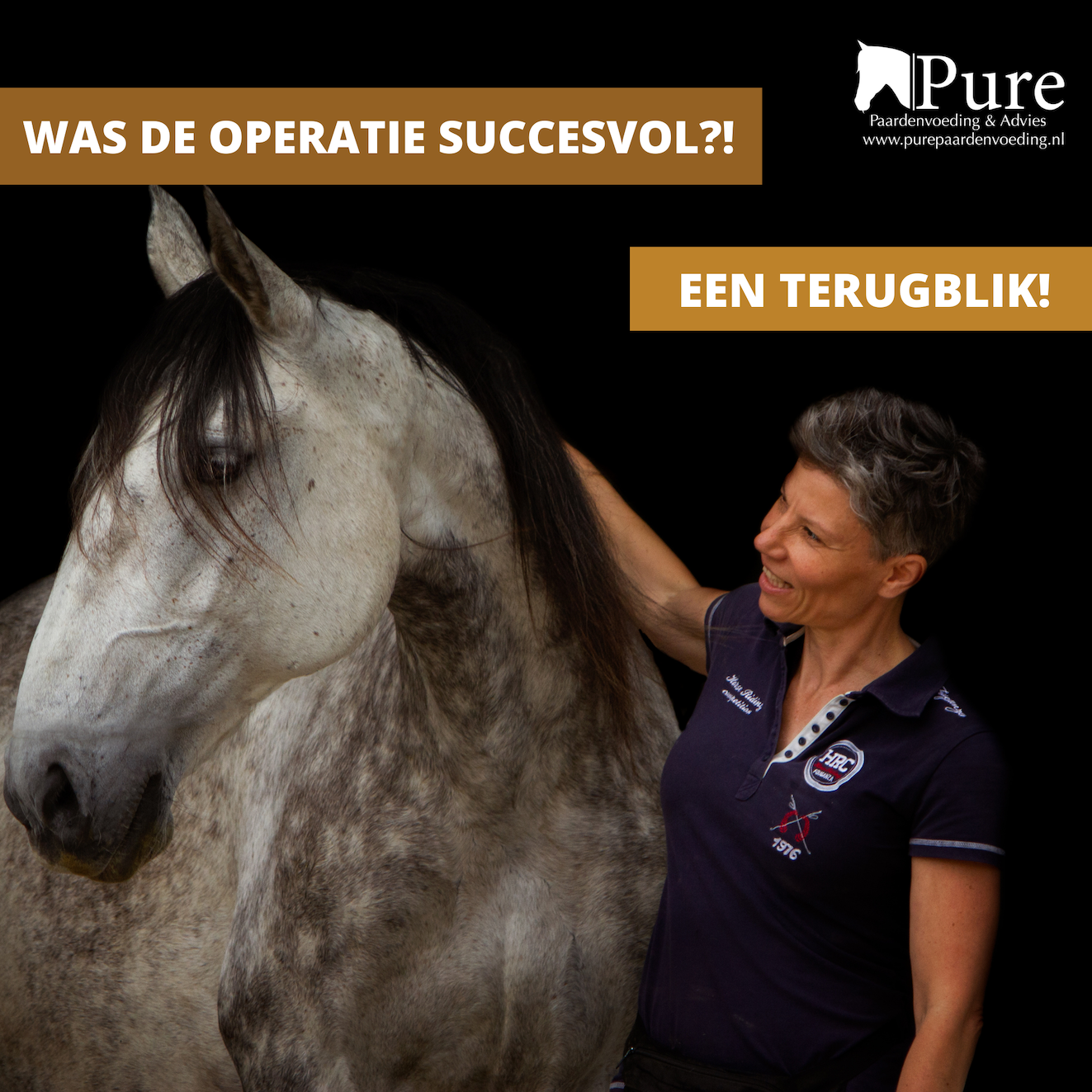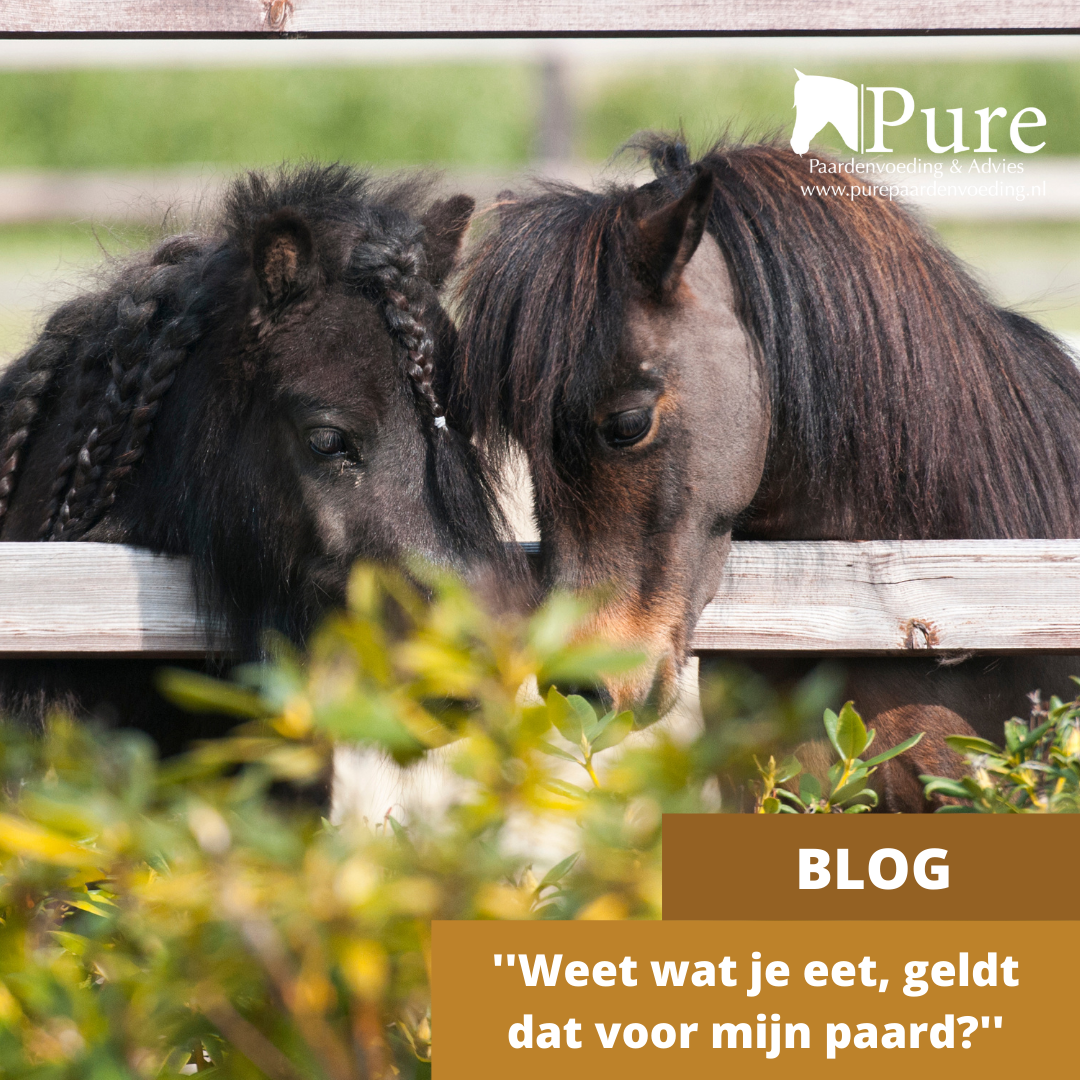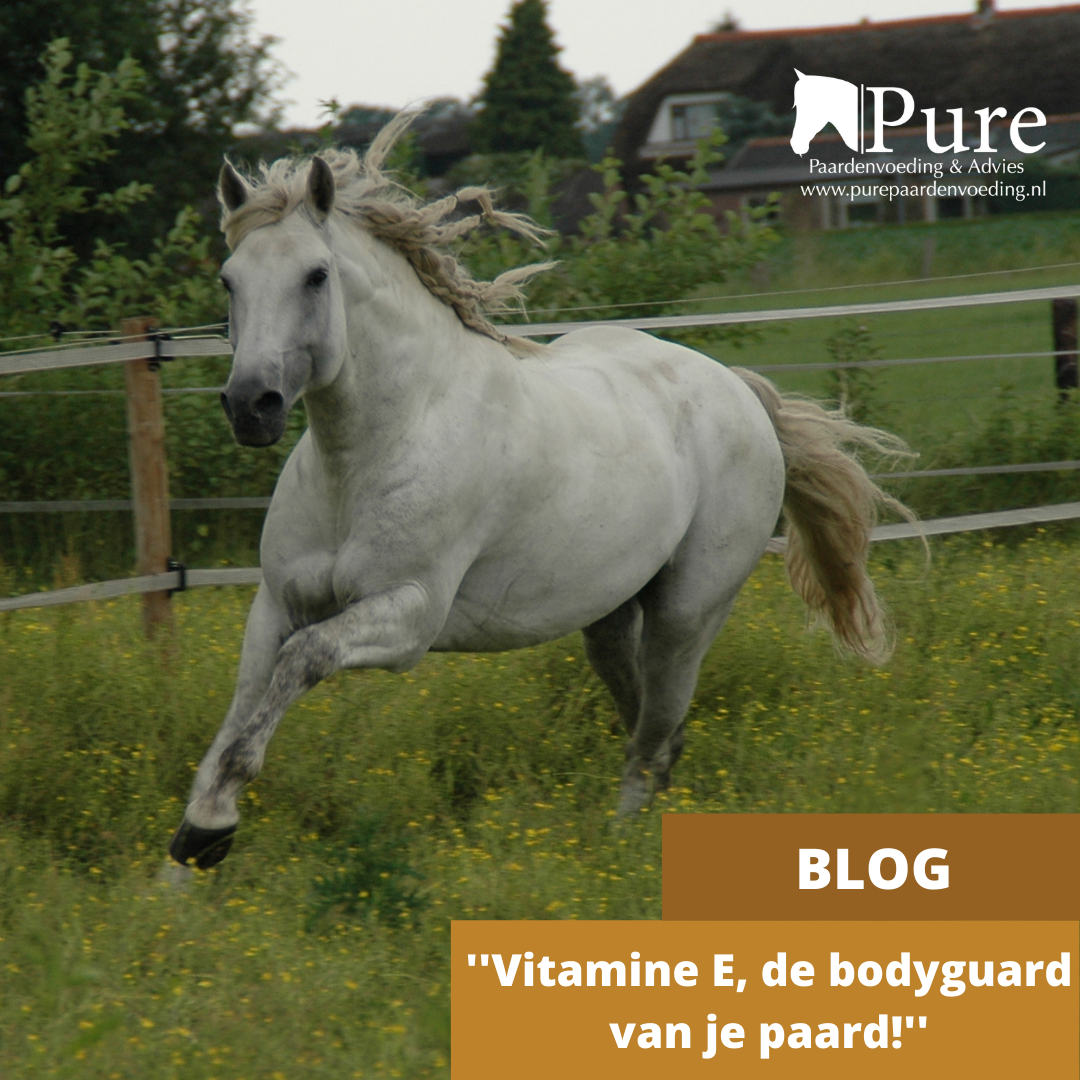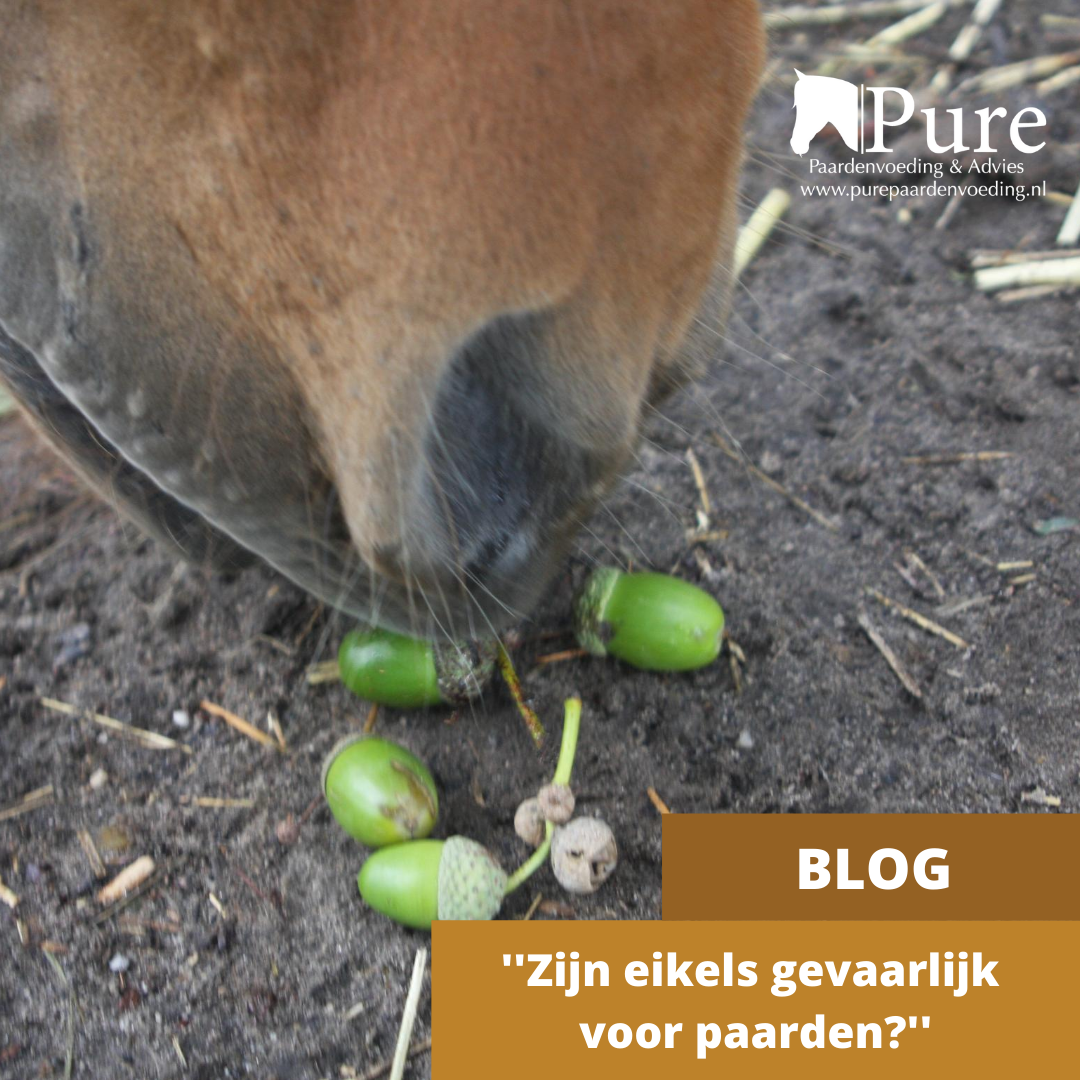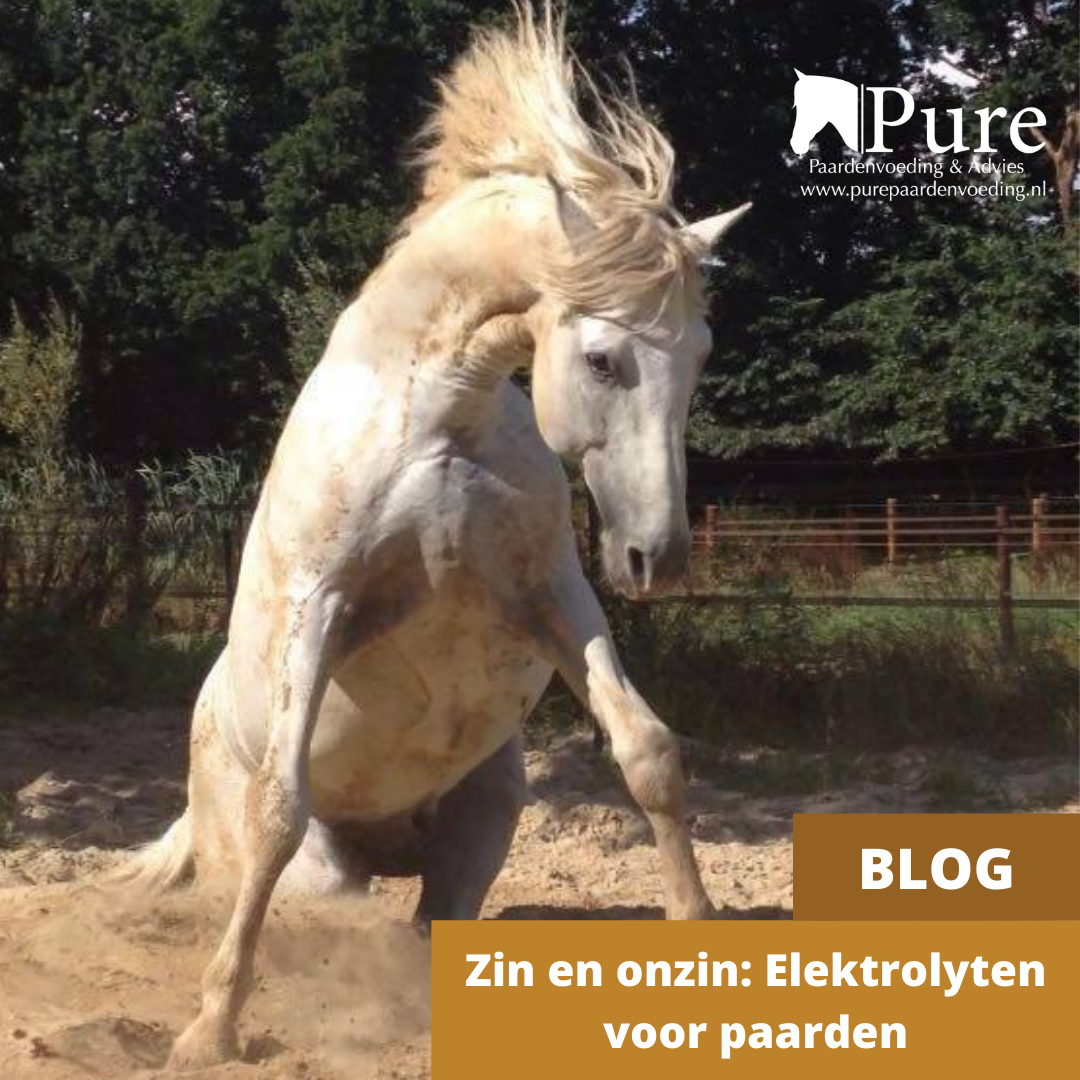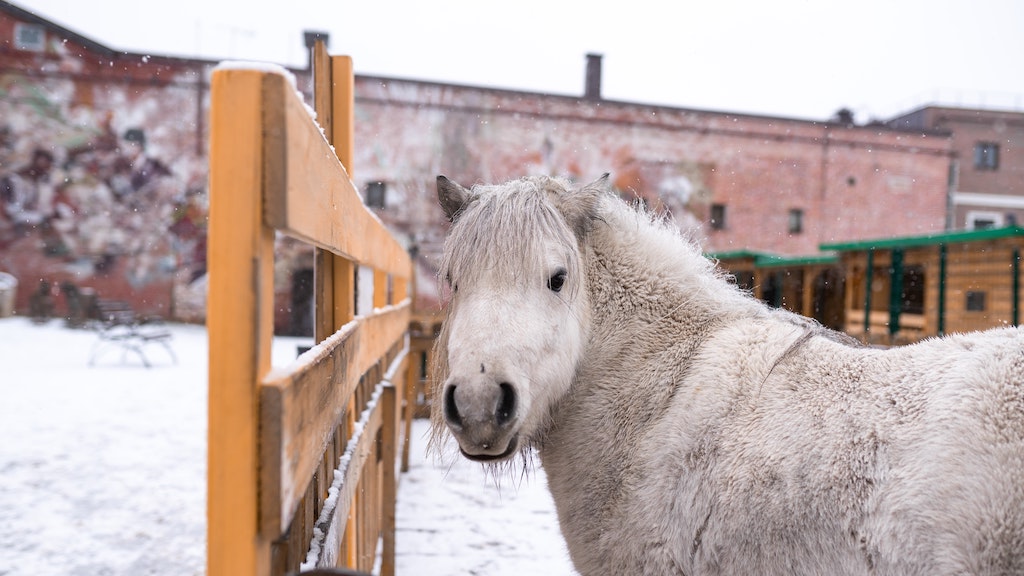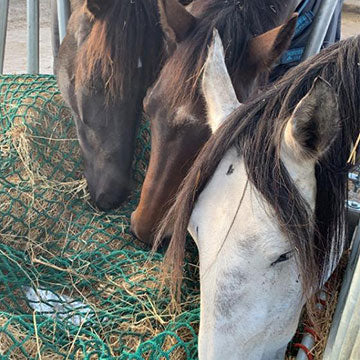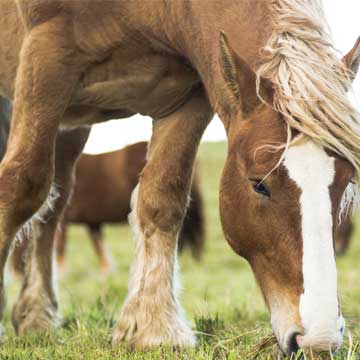
Waarom zou je je paard cocosnoot vruchtvlees voeren? Met gratis pdf document.
Kan kokosmeel gunstig zijn voor sommige paarden?
Door Kristen M. Janicki, MS, PAS
Kokosmeel (copra) bestaat uit het gedroogde, gebakken en gemalen vruchtvlees van de kokosnoot.
Voor welke paarden in het bijzonder?
Paarden met uiteenlopende gezondheidsproblemen – van hoefbevangenheid tot het equine metabool syndroom (EMS) – moeten gevoerd worden met diëten die laag zijn in niet-structurele koolhydraten (NSC), om zo de bloedglucose- en insulinespiegels onder controle te houden. Hoewel dat tegenwoordig beter mogelijk is dankzij voedingskundige vooruitgang, blijft het vinden van geschikte voeders met een laag NSC-gehalte soms lastig.
Onlangs hebben twee onderzoekers uit Australië een alternatief voer met een laag NSC-gehalte onderzocht dat mogelijk voordelen biedt voor deze paarden: kokosmeel (ook wel copra genoemd).
De opzet van het onderzoek
Tim Kempton, PhD, onderzoeker en CEO van Stance Global (Brisbane, Queensland), samen met Nerida Richards, PhD, van Equilize Horse Nutrition Pty Ltd (Tamworth, New South Wales), gebruikten vier volwassen paarden om het effect van coprameel op de glucose- en insulinedynamiek na het voeren te bestuderen. Tijdens het onderzoek kregen de paarden elk van de volgende behandelingen:
-
24 uur toegang tot een gemengd grasland (7% NSC);
-
Grasland plus kokosmeel (Stance Equine CoolStance copra, 11% NSC);
-
Grasland plus geperste brokken (MitaVite Economix geëxtrudeerd voer, 25,3% NSC);
-
Grasland plus muesli (Barastoc Cool Command, 33,7% NSC).
De paarden met toegang tot coprameel, brokken en muesli verbleven overdag op het grasland en 's nachts op een paddock zonder toegang tot hooi of gras. Elke ochtend liepen ze 30 minuten in draf, behalve op de dagen dat er bloed werd afgenomen. Op die dagen werden op regelmatige tijdstippen bloedmonsters verzameld om de glucose- en insulinewaarden na de maaltijd te analyseren.
De onderzoekers ontdekten dat:
-
De brokken het hoogste percentage verteerbare NSC (85%) hadden én de hoogste postprandiale (na de maaltijd) glucose- en insulinespiegels;
-
Grasland en coprameel de laagste stijging in glucose na de maaltijd gaven, en daarmee de laagste glycemische respons;
-
Grasland de laagste insulinerespons en insulinepiek veroorzaakte;
-
Coprameel een snelle maar lichte insulinerespons gaf, die binnen 60 minuten daalde tot een vergelijkbaar niveau als grasland;
-
Muesli hogere glucosewaarden en een hogere glycemische respons veroorzaakte dan grasland en coprameel, maar vergelijkbare insulineresponsen als coprameel.
Conclusie:
Coprameel kan een geschikte optie zijn voor paarden die een dieet nodig hebben met een laag NSC-gehalte, en waarbij minimale veranderingen in glucose- en insulineniveaus gewenst zijn.
“De resultaten tonen aan dat het NSC-gehalte van een voedermiddel direct invloed heeft op de glycemische en insulinerespons na de maaltijd, waarbij voeders met laag NSC-gehalte significant lagere responsen geven dan voeders met hoog NSC,” aldus Kempton.
De insulinerespons op coprameel was klein in omvang en duur, en blijft ruim onder de niveaus waarvan in de literatuur wordt aangenomen dat ze hoefbevangenheid kunnen veroorzaken. Deze niveaus worden daarom als fysiologisch niet significant beschouwd.
Het onderzoek “The post-feeding glycemic and insulin response to copra meal in horses” werd gepubliceerd in Animal Feed Science and Technology.
Voor een compleet pdf overzicht van alle mogelijke voor- en nadelen van het voeren van copra aan je paard, klik hier.



